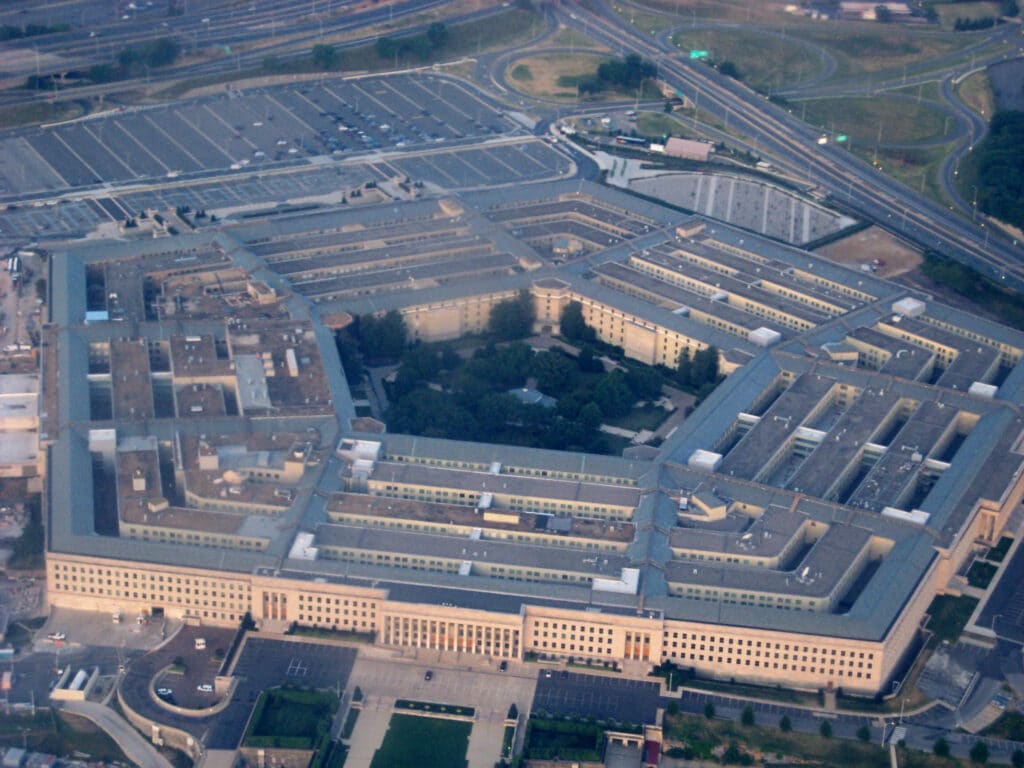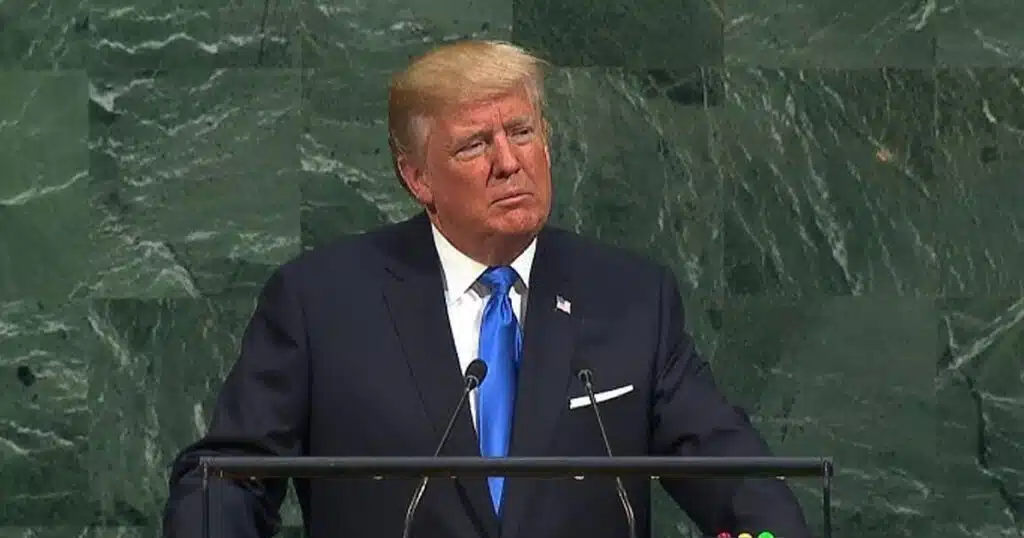
To Fix Defense Procurement, Treat Emerging Tech Like Munitions (and Vice-Versa)
The Department of Defense faces two distinct, equally pressing acquisition challenges. As the U.S. provides ongoing security assistance to Ukraine, DoD continues to draw down from its weapons stocks faster than it can replenish munitions, exposing the lethargy of the defense industrial base and threatening to leave the U.S. military unprepared for a future conflict. Meanwhile, the Pentagon’s bureaucratic procurement process is slow to keep pace with the speed of technological innovation in areas like AI, biotech, cyber, and space.
Our warfighters deserve the most advanced weapon systems and sufficient quantities of missiles and bullets. Right now, they have neither. DoD and Congress should work together to restructure procurement processes, providing one-year funding for critical technologies and multi-year procurement authorities for in-demand munitions.
The failure to adequately and efficiently equip our military is not due to a lack of resources, but a problem of perverse economic incentives. Emerging tech and the brick-and-mortar industrial base are distinct markets with divergent requirements of government buyers. Munitions production requires long-term stability. Commercial technology requires flexibility. In the current DoD system, these demand signals are reversed.
As AEI’s Mackenzie Eaglen notes, appropriations for munitions are obligated over a single fiscal year, while the broader procurement account stretches over three. As a result, munitions funds are fungible and easy to reprogram if urgent needs arise (e.g., Ukraine). Industry, in turn, lacks the long-term certainty it needs to build and maintain production capacity for specific munitions. DoD leaders have recently pressed Congress for multi-year procurement authorities for critical missiles and ammo, which could provide stability and certainty to its defense industrial base.
Meanwhile, the need for DoD to move faster on emerging tech acquisition is arguably more consequential in the long run. The late 2010’s, which brought rising geopolitical tensions, falling interest rates, and rapid advances in areas like artificial intelligence and biotechnology, generated a perfect storm for VC-backed military and dual-use startups. Between 2016 and 2022, the defense tech sector saw $135.3 billion in investments across nearly 5,000 deals, peaking in 2021 as the Fed began to clamp down on inflation.
Private capital funding for defense tech is a relatively new phenomenon that could shake up the industry for the better, increasing competition and accelerating innovation. But even for cutting-edge products with well-heeled backers, the road to a Program of Record remains precarious. The antiquated PPBE process forces services to build their budgets for these products two years in advance, yet AI capabilities are improving near daily. And as VC money becomes scarcer amid higher rates, the so-called “Valley of Death” is coming for Silicon Valley, threatening its attempt to revitalize a 21st-century version of the public-private partnership that fueled Allied efforts during World War II.
Solving these market failures will require DoD to model current munitions and emerging tech procurement processes after one another. First, Congress can approve the Biden Administration’s request for more multi-year procurement authorities, especially the long-range anti-ship missile (LRASM), Standard Missile-6 (SM-6), and Advanced Medium-Range Air-to-Air Missile (AMRAAM), which wargames have proven to be critical in a China contingency.
Fielding tech at the speed of innovation will be more difficult. To their credit, leaders across the department are keenly aware of this problem and working to create solutions. The Defense Innovation Board for instance, recently proposed an “oasis fund” for tech companies, a pool of money that could be used to support startups stay afloat during the 2 year-long budget process. Mike Bloomberg, Chair of the DIB, highlighted the Pentagon’s “Rapid Response to Emergent Technology Advancements or Threats” legislative proposal, which would allow it to acquire new capabilities before a final budget is approved by Congress. These are innovative ideas, but similar to existing initiatives like R&E’s Rapid Defense Experimentation Reserve (RDER), or the Defense Innovation Unit (DIU) and service-specific offshoots like AFWERX, they dance around the edges rather than attacking the heart of the problem.
Rather, DoD must ask for–and Congress must grant–a yearly munitions-like procurement account that covers R&E’s 14 Critical Technology Areas. These would be one-year, fungible dollars, easily reprogrammable and capable of adapting to the most advanced commercial breakthroughs. Serving as Special Assistant to the USD(Comptroller) during the Russian invasion showed me that OSD can move extremely quickly to move money around when it has the will and proper authority.
DoD needs to prove that it is capable of providing the right economic demand signals to defense tech startups treading water, and to munitions factories maintaining its “Arsenal of Democracy.” As the conflict in Ukraine shows, the future battlefield will be a combination of conventional weapons and advanced technologies. The U.S. military needs both and must adapt now before it’s too late.
Ryan Shaw is a Fellow at the Pallas Foundation for National Security Leadership. Previously, he served as Special Assistant to the Under Secretary of Defense (Comptroller/CFO,) and is an incoming J.D. candidate at the University of Michigan Law School.
This article was originally published by RealClearDefense and made available via RealClearWire.



